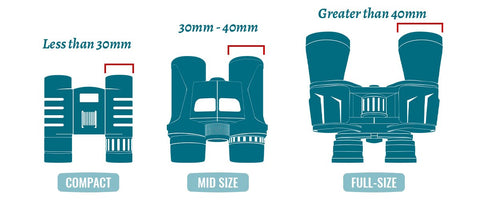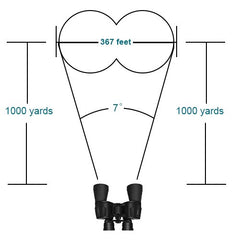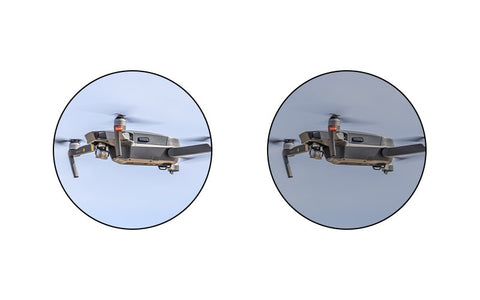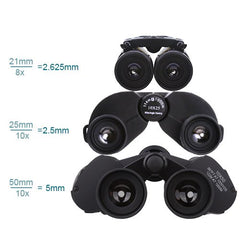Your Cart is Empty
Free shipping on US orders! 20% off your first order | Code: SkyGenius20
Free shipping on US orders! 20% off your first order | Code: SkyGenius20
Free shipping on US orders! 20% off your first order | Code: SkyGenius20
Free shipping on US orders! 20% off your first order | Code: SkyGenius20
Binoculars are available in different sizes, performance classes, and of course, prices.
But not every binocular is the right fit for your purposes.
Buying the first pair of binoculars appears to be confusing for beginners. That's why we provide some background information here to help you make the decision easier.
First of all, it is important to know for what purpose the binoculars are used.
A general distinction is made between heavy large binoculars and lightweight travel binoculars. Some manufacturers also offer intermediate sizes.
If you go on a hike on the coast or in the forest and want to observe animals, you should not choose a binocular that's too heavy.
In this case, compact binoculars would be the right fit.
full-size binoculars are more suitable for static observations because of their weight and greater shaking. A tripod makes the observation more enjoyable without holding the large binoculars for a long time.

As a beginner, you may wonder what does 10x50 mean in binoculars.
The first number refers to the magnification, while the second refers to the diameter of the objective lens.
10x magnification means the object appears 10 times as large as the naked eye.

A 50mm large lens can collect more light than a small lens. The lens diameter is an important factor in image brightness.

When you look through binoculars, you want to see everything as big as possible.
It makes you feel like standing right in front of the animal or another object that you are looking at.
However, the higher the magnification value, the more restless the image becomes.
A zoom binocular 10-30 x 60 can produce a magnification of 10 to 30 times. It's certainly a great feature, but it's impossible to look at the picture without wobbling. You might need a tripod for a more static image.
The difference between 8x and 10x magnification is not that big. They are easier to handle compared to those with 20x more magnification.
It describes the distance from the left to the right edge at 1000 yards.

If binoculars have a field of view of 367 feet/1000 yards, the user will see a 367 feet wide field of view at a distance of 1000 yards.
If the field of view is given degrees, you can multiply the angular degrees by 52.5.
So a field of view of 7 degrees is equal to 367 feet.
The twilight factor indicates the ability of binoculars to recognize details under low light conditions.

For 10x50 binoculars, the twilight factor is the root of 10x50. That is, the root of 500 = 22.3
But it doesn't make much sense to compare the value of different binoculars.
For example, a 9x63 binocular and a 25x30 telescope have almost the same twilight factor of 25. Nevertheless, this telescope cannot be used at night because it only uses 1.2 diameters of the eye pupil. The eye pupil of a night glass should be at least 7mm in diameter.
It is therefore recommended to only use the exit pupil as a guide when assessing the suitability for twilight.
10x50 binoculars have an exit pupil of 5mm.
50mm / 10 = 5mm exit pupil

Exit pupil matters when it comes to when you want to use the binoculars. How bright is it at that time?
If you use binoculars during the day, for example, when hiking, then you don't need a binocular with an exit pupil of 5 mm or more.
Because the pupil size in adults varies from 2 to 4 mm in diameter when it‘s bright.
If you are 50 meters from an object and you are using 10x binoculars, it appears as if you were 5 meters away.
Binoculars can zoom in on anything you want. However, the recognizable details vary among binoculars with different magnification.
Therefore, it is impossible to give a general answer to the question: "How far can you see with binoculars".
